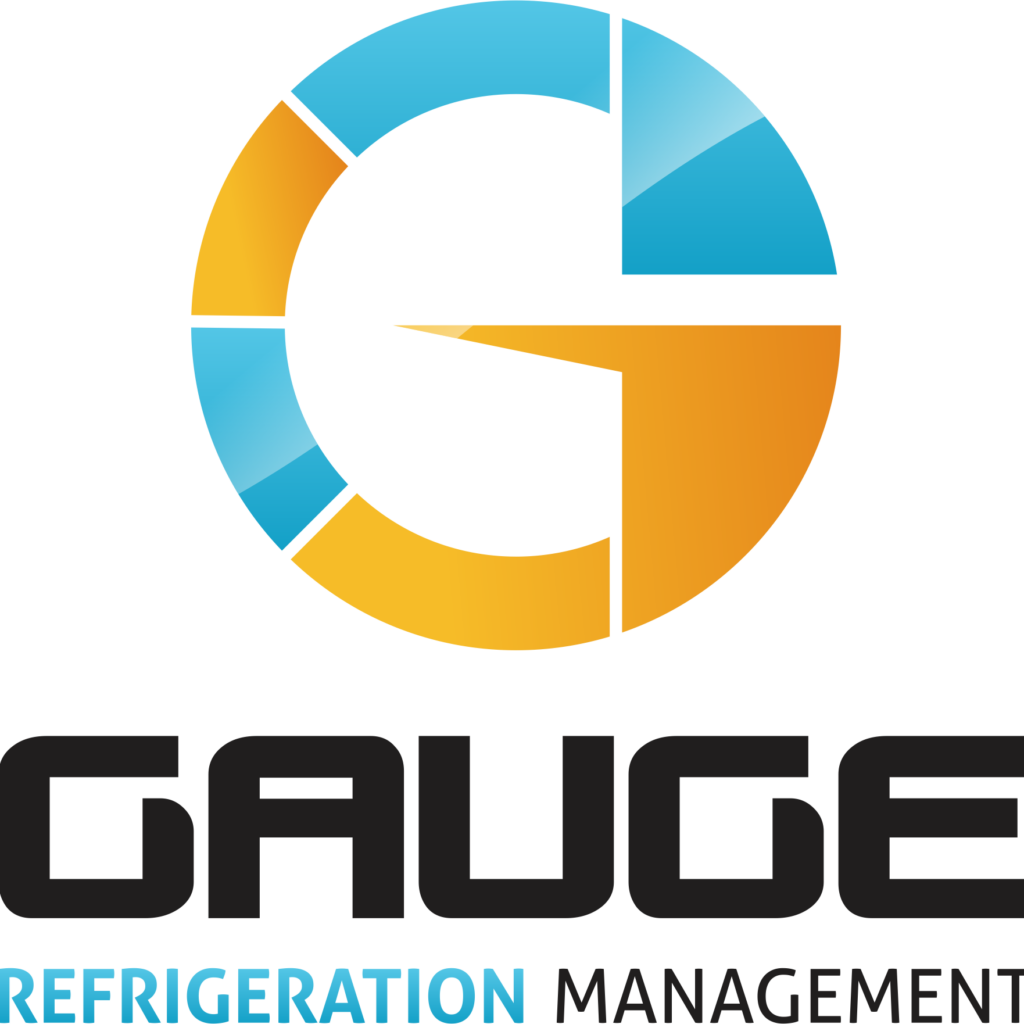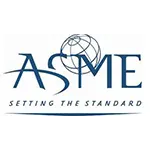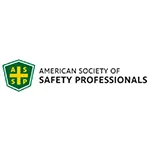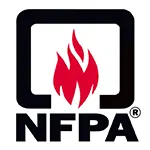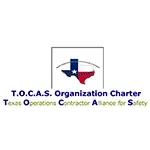SAFTENG Has
- Over 17,500 categorized unsafe acts/conditions and accident/injury photos
- Over 1,400 ppt's & doc's
- Over 3,900 technical articles on Process Safety & Occupational Safety & Health matters
- Over 400 videos
CLICK HERE to Renew your Membership
CLICK HERE for a NEW Membership
CLICK HERE to see eligibility requirements for FREE Membership
If you have any questions, please contact me

I am proud to announce that have extended our”Partners in Safety” agreement for another year (2025).
CI Members, send me an e-mail to request your FREE SAFTENG membership.





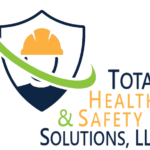





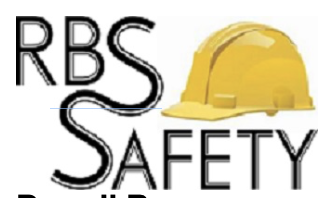


August 27, 2019
A flammable substance listed in 40 CFR §68.130 is excluded from the risk management program regulations when it is used as a fuel or held for sale as a fuel at a retail facility (§68.126).
What is the definition of fuel for the purposes of this exclusion?
…
HomeRead More »
Read More
August 27, 2019
For the purpose of analyzing the worst-case release scenario required as part of the hazard assessment at 40 CFR Part 68, Subpart B, the worst-case release quantity is identified as the greatest amount held in a single vessel or pipe, taking into account administrative controls that limit the maximum quantity (40 CFR §68.25(b)).
Are mechanical controls such as alarms considered administrative controls...
Read More
August 27, 2019
The risk management program regulations require the owner or operator of a covered stationary source to develop and implement an emergency response program as described in 40 CFR §68.95, which must include an emergency response plan, emergency response equipment procedures, employee training, and procedures to ensure the program is up-to-date.
Do all facilities subject to the risk management program...
Read More
August 25, 2019
What I am going to suggest in this article is NOT necessarily a code or standard requirement, but just some SOUND ADVICE on how to improve safety around expansion/seismic joints where hoses are utilized to allow for flexibility. As my clients know, I HATE hoses in a chemical process and I am OCD when it comes to the required utilization of hoses such as loading/unloading hoses. I am a huge...
Read More
August 25, 2019
I am sure the thought has crossed everyone’s mind who has issued an entry permit for a HAZ ATM entry… “should the attendant be in breathing air as well?”. Is there an exposure potential for the attendant to the HAZ ATM from within the PRCS? Most attendants are stationed right outside the entry portal, add to the scenario forced fresh-air ventilation into the space...
Read More
August 24, 2019
One of the biggest mistakes I see in my auditing and the biggest frustration I have when facilities state they treat all of their confined spaces as PRCS is that most have not recognized the fact that a roll-off trash compactor and/or large palletizers are actually Permit-Required Confined Spaces. For example, we have a large palletizer as shown below, ask yourself… is inside this machine...
Read More
August 24, 2019
Our behind the scenes debate continues and now a number of clients have joined in with their take on the matter. The fundamental part of our debate has come down to two (2) positions:
does a fall inside or into a Confined Space make that CS a Permit-Required Confined Space?
if you said yes to #1, then can the space be “reclassified” under 1910.146(c)(7) or 1926.1203(g)?
As I have ALWAYS...
Read More
August 24, 2019
Respondent operates an ammonia refrigerant system which contains approximately 8,487 pounds of ammonia which is processed, handled, and stored in the ammonia refrigerant systems, and ammonia is a regulated extremely hazardous substance listed under Section 112(r)(3) at 40 C.F.R. § 68.130. EPA inspected the Facility on June 7, 2018. Prior to the June 7, 2018 inspection, Respondent had not performed...
Read More
August 22, 2019
I have been doing process safety my entire career and I have had some of the finest engineers teach me process safety. Now those that know me, know I am just some dumbass western KY edua-macated safety redneck, but even I know the importance of intenral inspections on my PVs. I know only two (2) RAGAGEPs for my PV inspection(s):
API 510
NBIC Part 2 – Inspection
I prefer API 510,...
Read More
August 18, 2019
Several years ago I wrote an article about how a space goes through its transitions to become a non-permit required confined space. A space is not identified as a non-permit required confined space during its first evaluation; it becomes one after it has been “reclassified” using either (c)(7) or 1926.1203(g). That article caused quite a stir with my readers, but most were convinced...
Read More
August 18, 2019
UPDATED on 8/21/2019 with the 2018 IFC Commentary…
I am guessing that someone has published a technical paper or article stating that an “electrical shunt” is no longer a code requirement for ammonia refrigeration engine rooms. This has caused several of my clients and subscribers to ask me if this is true as this goes against some of my previous article where I reference the...
Read More
August 15, 2019
A company was fined $220,000 by the State Courts today under section 12(1) of the Workplace Safety and Health Act (“WSHA”) for failing to take adequate safety measures for its work in an underground storage tank. On 25 July 2016, four workers were instructed by their supervisor to clean an underground storage tank, a permit-required confined space 3.2m (10.5′) deep, that...
Read More










